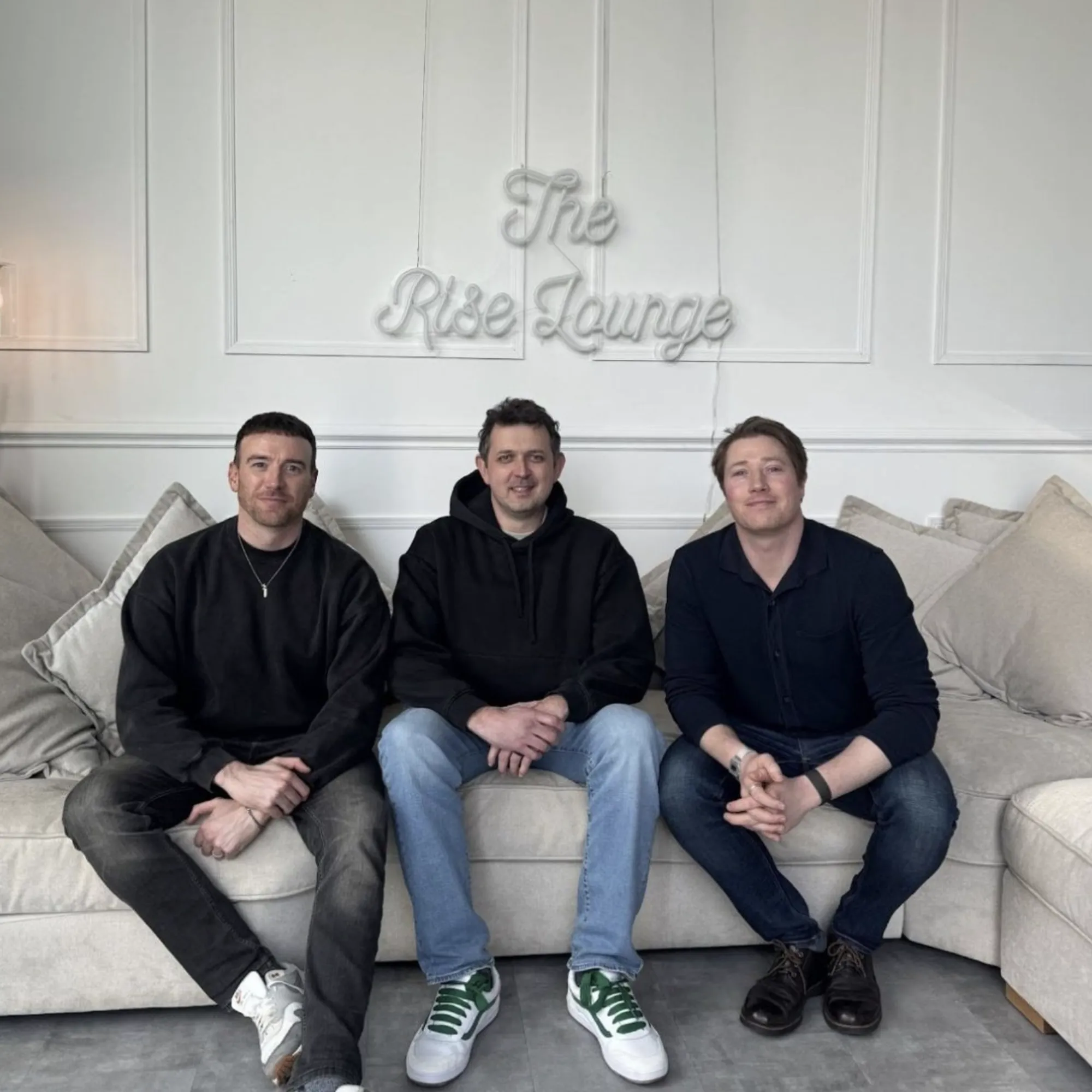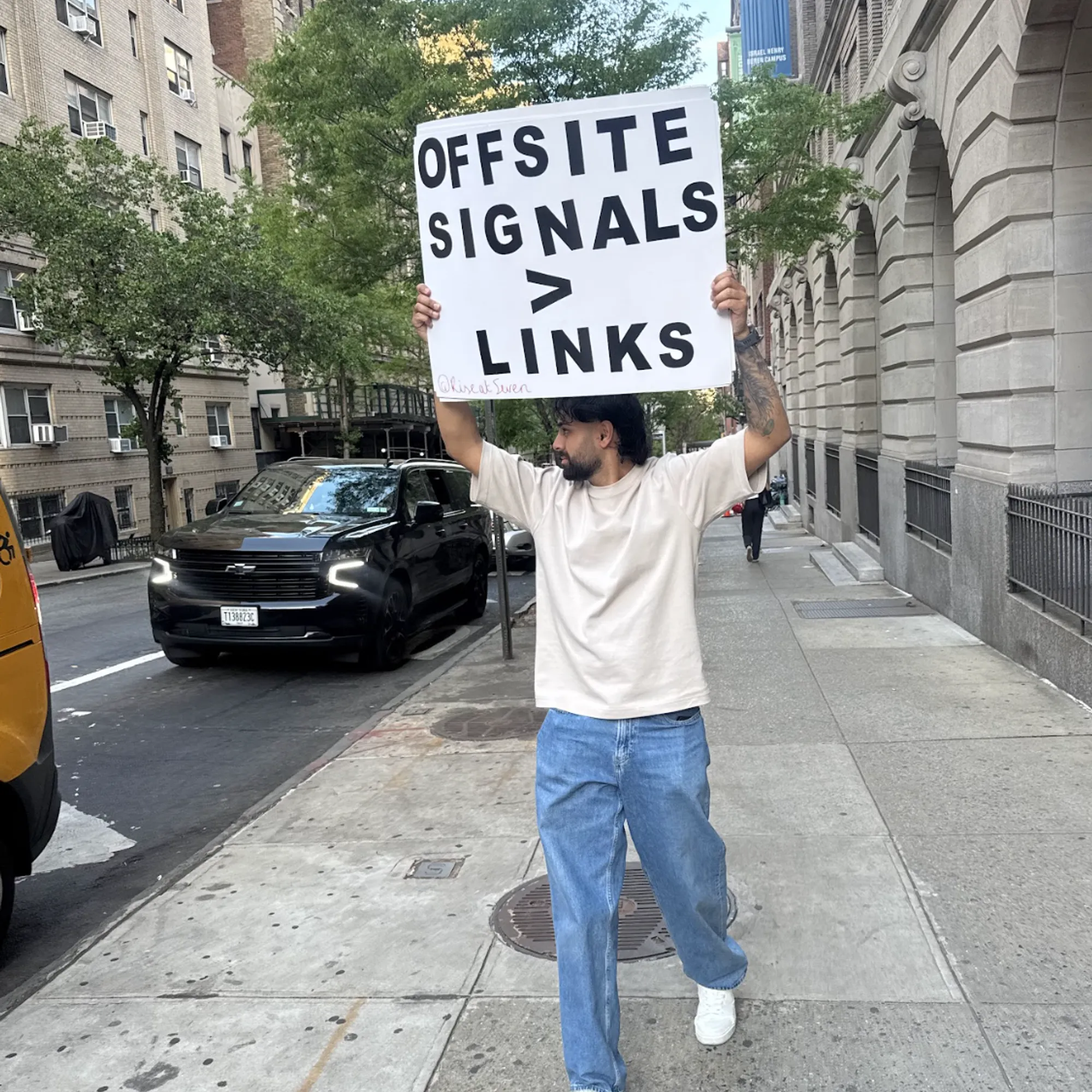
Writing BANGING Digital PR content to fuel campaigns

Digital PR and SEO content - think of it as the bridge between your idea and your execution. Sitting on your client's site, it's the first page that anyone will see after clicking on that all-important link. It's going to be seen by journalists and your client's audience so it's rather important to get right. Outside of your campaign, this content can also help with achieving your client’s.
Now you know how important it is - how do you perfect your PR content? Think of this as your all-inclusive guide to writing content that's going to fuel the best campaigns, whether they be data-driven, design-focused or a simple blog post.
First things first, tone of voice is kind of important…
Before you think about how to make your data sound exciting, it’s important to think about your tone of voice. You could be writing the most talented, brilliant, incredible, amazing, show-stopping, spectacular, never-the-same, totally unique, completely not ever been done before, unafraid to reference or not reference, put it in a blender, shit on it, vomit on it, eat it, give birth to it, piece of content ever seen (points if you can name the reference), BUT if it looks or reads out of place on your client’s site or isn't targeted towards the site's audience, it's going to read poorly and could affect bounce rates and session time.
Take the time to research existing content on your client's site or blog, and make sure you understand their audience. Do they usually write informally or is it full of technical jargon? Are you writing for 20-something women for a fashion client or information on savings and investments for a finance blog post? These things are important and should affect how you write.
Ash Billinghay, Senior Copywriter:
“Tone of voice is what makes brands stand out. It’s how you can tell Nike from Tesco own brand, or Monzo from Barclays. Two brands can offer virtually the same service, but the way they do it makes them different and appeals more to their target audience. If you get the tone slightly wrong it sticks out like a sore thumb, but if you get it right you can build your brand’s reputation and ensure successful marketing for years to come. Just look at Innocent Smoothies’ Twitter account - they talk utter nonsense, yet they’re easily the most well-known smoothie brand in the world.”
What do you want to convey?
Now stay with me here. I know this might sound obvious but it's important to think about the information you’re actually trying to provide when writing your Digital PR content. Start with the type of campaign:
Data-Driven
You’ve got a bulky index, some lovely looking tables and a huge data set? Your goal should be to make this as digestible as possible. If you’ve got a ranking then explain each position and how it's been scored on each variable. Most importantly include a thorough methodology. If a journalist or reader has to ask you about how something has been calculated then somethings been missed and this could be the difference between a link and no coverage at all. Make sure you include dates of data collection, method of collection whether that be a survey, FOI requests or manual pulling, and make it clear how you’ve created your ranking or index. If you can't understand how it's been worked out then no one else will - work with your data team to make sure this is as clear as possible.
Design Led
If you’re writing content for a design or creative campaign then you need to be working closely with your designer. Your copy might be needed within infographics, charts or devved pages so it needs to be synergised with the creative work. Depending on how heavy the design is you may need to change the processes you would usually follow. It might help to write your Digital PR content at the same time as design, it may be needed far in advance or you might have to work from the design to create a copy on the site.
Blog Posts
If your campaign is going to involve outreaching a blog post then your content needs to be top-notch and will often require desk research to make it as valuable as possible. Think about why the post is being written, what are the biggest hooks going to be in your outreach? Often blog post content works well if it's a guide or listed information e.g 10 places to walk your dog (no one steal this excellent idea please). Evergreen blog posts that can be referred to again and again are also great for maximising the linking potential and smashing KPIs.
Here are a few of my favourite blog post led campaigns:
Parkdean Resorts - Virtual Staycations - 140 Links
Paymentsense - The 15 best UK cities to start a business in 2019 - 98 Links
Missguided - The Chat Up Lines That Made Us SICK - 15 Links
Images
Content is just writing words, right? No? Oh..
A picture speaks a thousand words (as we’ve been told many a time) and this rings especially true for PR content. Particularly with blog posts and data-driven campaigns, images will stop your work from being a boring bulk of text. No one really likes seeing lots of words, let's be real. Good images will elevate your work and you don't have to rely on the design team to achieve lovely looking content. Royalty-free images from sites such as Unsplash allow you to keep costs down for campaigns with smaller budgets, help break up your life-changing copy with beautifully matched images and can be included in press releases for journalists to pull directly without worrying about permissions and other legal jargon. Furthermore, when writing Digital PR content images act as a vital source of information crawled by Google.
That thing called SEO?
Let's get technical. Great content, of course, needs to add value to your client outside of being a place to link your outreach to. First things first, talk to your strategists. How does this content fit into your overall search goals? What are the key terms your client is trying to rank for? Is there a product page they want to direct traffic to? Can you help to improve on-site content for existing ranking terms that can also have links built to it? The more content you write and the closer you work with people in the know the more you will understand the value in this.
Luke Cope, Head of Digital Strategy:
“Internal links are vital in helping inform Google what pages are correlated to each other on your site. If you’re building links to a particular page then you want to help pass on the value of these links to the other related pages and naturally filter people through to other relevant product pages and content.
"The easiest way I find to achieve this is by internally linking to pages that are a current focus for the client. Think about how they can be incorporated into your content without looking out of place (your readers won't like this and neither will google).
"Here’s a recent example of a piece of content I wrote for a data campaign. This one looked at the total time spent gaming and my copy led into tips for gaming marathons. Here I included links to key product pages for the client. Internal links can also be woven into your content if a relevant keyword appears within your writing naturally."
Make sure you can spell
If you can't spell, use Grammarly or get a proofreader who can. This point is perhaps the most fundamental ground rule when it comes to writing any kind of copy and it might sound obvious, but think of how many times you’ve read something on a site which looks like it's been written in a different language and then translated by a bot. Poor grammar looks lazy - don't be lazy. It looks sloppy, it's something journalists in particular will hate, and if mistakes get pointed out to a client it's going to make you look bad.
Finally...
Your content needs to tie in with your outreach - it might be perfect to read but how do we make content link-worthy? A journalist shouldnt be able to write your story without a link, that means you need to provide value and there's a few ways to do this.
If you’re writing a data-led piece then make sure you include as much information as possible around the results. Include your data set and lovely looking tables, this way journalists will link to your content as a citation and so their readers can see more information about the research.
Another way is to keep golden nuggets purely in your content. It should differ from your press release and articles by providing something extra. This is not just so that journalists will link back to it, but, also to provide more for users to read about. Interactive assets on the site also help to keep people engaged with the content and provide a useful asset for publications to direct to. Key to our strategies at Rise is providing this extra juicy content that people want to read and journalists want to share.
If you think I’ve missed something vital (or you spot a spelling mistake) drop me a line on Twitter.
Want us to build you some awesome links and create great Digital PR content? Drop me an email.















